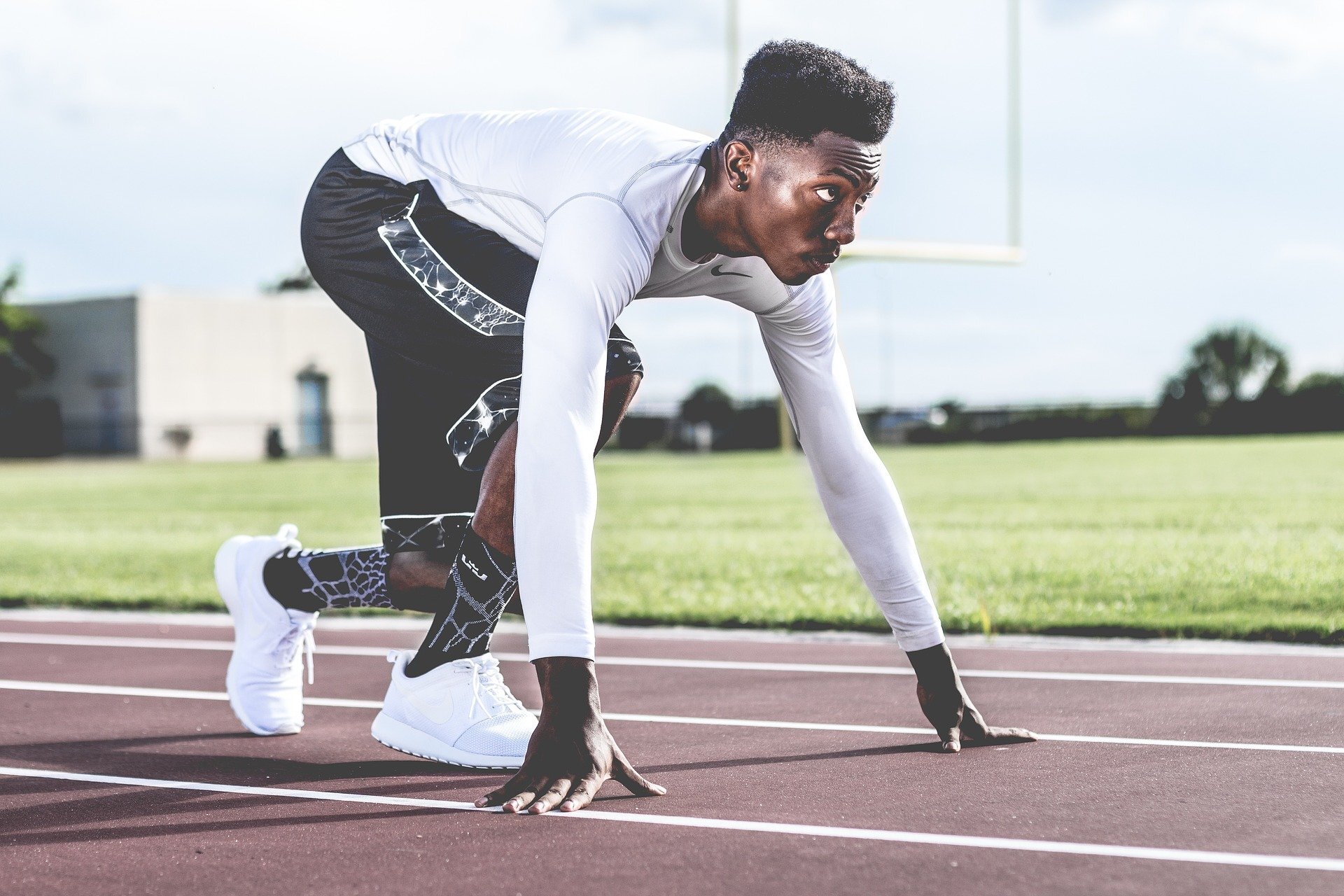Running Biomechanics
Running has the highest risk of overuse injury than any other form of aerobic exercise. This can simply be put down to improper running biomechanics coupled with excessive impact on muscles, joints, tendons and ligaments. Excessive foot pronation and improper muscle stabilisation are key culprits and without attention to detail can be a recipe for disaster for a runner.
Many people think running is just a sped up walk, but if that were the case, we'd all be Olympic athletes. There's a science behind running that is important to get right if you want to stay injury free and maximise your running economy.
Having proper running technique, or running biomechanics, is the science behind the success of many Olympic athletes and possibly the reason your running partner stays injury-free but you don't! By evaluating your running biomechanics we can analyse the forces you put through your body that are both helping and harming you. We are able to identify any problem areas that could be causing your difficulties now or that will do in the future.
Biomechanical Analysis of Running
Here at Sheffield Sports Medicine, our team of experts use Dartfish technology to capture a slow motion video of your running technique and look at your movement mechanics from head to toe. We take both a sagittal plane (side view), frontal plane (rear view) of your running style. We pay particular attention to your:
Initial contact - foot strike pattern, tibial inclination, and knee flexion angle
Mid-stance - ankle dorsiflexion, knee flexion angle, trunk side bend, knee position and separation, foot position and lateral pelvic drop
Push off - Lumbopelvic position, pevlic tile and hip extension
Trunk rotation
Arm swing
Heal height
No two runners that come into clinic are the same. Everyone has a different body, everyone has different running forms and everyone will need different modifications, exercises and support to achieve their goals.
You might want to start running, return to running after a period off after injury, or perhaps you're a professional athlete that's looking to improve their performance. Whatever the case, we are here to help you. We are here to help you be your best and perform at your very best level.
Running biomechanics and gait analysis
If you have been in running circles for any length of time, you will have heard of the term Gait Cycle, but what does it actually mean?
Your Gait Cycle starts when one of your feet makes contact with the ground, and ends when that same foot makes contact with the ground again. The Gait Cycle is divided into the stance phase and the swing phase, which are in themselves divided into stages. In addition to your Gait Cycle, your upper body and arm mechanics play an extremely important role in your running biomechanics as they counterbalance the legs. Whether you're an amateur or a professional runner, getting a full grasp of correct running biomechanics and gait analysis and applying it directly to your own body can be near impossible. That's where we come in.
With our running biomechanics and gait analysis services, our experts are able to critically analyse your:
Footplant
Stride length
Body angle
Knee action
Arm action, hands, and head angle - to name a few
We do this by shooting a video of you when you run on the treadmill. Then, we import the slow motion video at 240fps and draw biomechanical loading lines so we can accurately test if your technique is correct.
Our physiotherapists at Sheffield Sports Medicine are experienced professionals when it comes to running biomechanics and technique. We don’t just look at what muscles are not working, we also look at making sure the timing of muscle contraction is optimum for running efficiency. This is the reason why we are meticulous about getting your running technique right as we want to help you stay injury free, increase your running speed and maximise performance.
Every week (when it’s not raining) we serve runners that participate at Graves Park for Parkrun. We offer our sports injury consultations, sports massage and running advice to runners in return for a donation to our charity Weston Park Cancer Hospital. We have local partnerships with running clubs and we deliver lectures and seminars on improving running efficiency and economy, improving speed, improving force production, prevention of running injuries and methods to optimise recovery. We enjoy helping runners optimise their running especially for those that are preparing for the London Marathon, Sheffield 10km and fell runners. If you are looking to run faster with less energy and reduce the risk of injury, fill out the form below and one of our experts will contact you.







